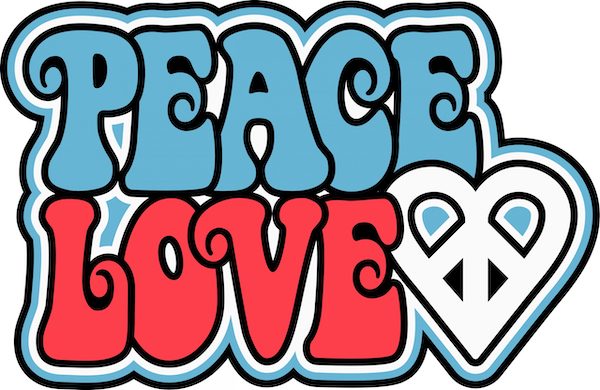Many people have heard of RICE (Rest, Ice, Compression, Elevation), and whilst this was once considered the best practice for acute soft tissue injury rehabilitation and management, research now has suggested to turned away from RICE and towards PEACE & LOVE. An acronym that encompasses the complexity of an acute soft tissue injury, combining both immediate care (PEACE) and subsequent management (LOVE).
So, what does PEACE & LOVE stand for, and why is it considered the way forward for acute soft tissue injuries?
Initially when an injury occurs, we want to provide the soft tissue structures with PEACE, for the first 1-3 days:
P – Protect:
- Unload area, restrict movement, but minimize full rest.
- Protecting the area with the above, will reduce bleeding and prevent further reaggravation.
E – Elevate:
- Placing effected limb above the position of their heart.
- This reduces the build up of fluid around the injury.
A – Avoid Anti-Inflammatory Modalities:
- Anti-inflammatory medications can be harmful to the long-term healing of injuries, they can inhibit the natural inflammatory processes of the body, especially when in high levels of consumption.
- Ice is also questionable, while many people use ice to numb the pain and decrease inflammation, there is poor research to suggest that it may help heal or fast-track recovery, and instead could potentially impair recovery and tissue repair.
C – Compression:
- Taping or bandages to compress the area may help in the decrease in swelling of the injury.
E – Education:
- Practitioners should educate patients about the benefits of an active approach to recovery. This education will empower the patient to understand their injury, prevent overuse and overtreatment and understand the course their injury will take with the expected tissue healing times.
Once PEACE is achieved, following the first few days of recovery, soft tissues need LOVE:
L – Load:
- Active movement and exercise involving optimal loading (without increased pain) can help promote repair, and helps continuing building tissue tolerances through the tendons, muscle and ligaments.
- Normal activities should be performed once symptoms allow it
O – Optimism:
- Brain plays a significant part to recovery, barriers can affect recovery via psychological factors including catastrophizing, fear, depression, all of which are shown to influence the outcomes of treatment and management.
- Optimism still needs to be realistic.
V – Vascularisation:
- Introduction of pain free cardiovascular exercise to the injured area, to help increase blood flow.
- This increases the likelihood of improvement to function, return to work/sport, and reduces need of pain medications.
E – Exercise:
- Once the above is achieved; introduce exercise to help the return to work/sport. Exercise should be without pain to promote further healing and prevent reoccurrence.
- A gradual increase in exercise intensity and difficulty shall promote optimal repair by restoring strength, mobility and function the affected area.
PEACE & LOVE has been well researched and encompasses the many complexities of rehabilitation of soft tissue injuries, and whilst RICE has been previously used, it seems to only factor in the short-term recovery, unlike PEACE & LOVE which looks at both short- and long-term recovery of injuries.
If you’d like advice on any soft tissue injuries let us know! The team here at HealthLinks Gippsland are always here to help.
References
Dubois, B., & Esculier, J.-F. (2020). Soft-tissue injuries simply need PEACE and LOVE. British Journal of Sports Medicine, 54(2), 72. https://doi.org/10.1136/bjsports-2019-101253


One Response